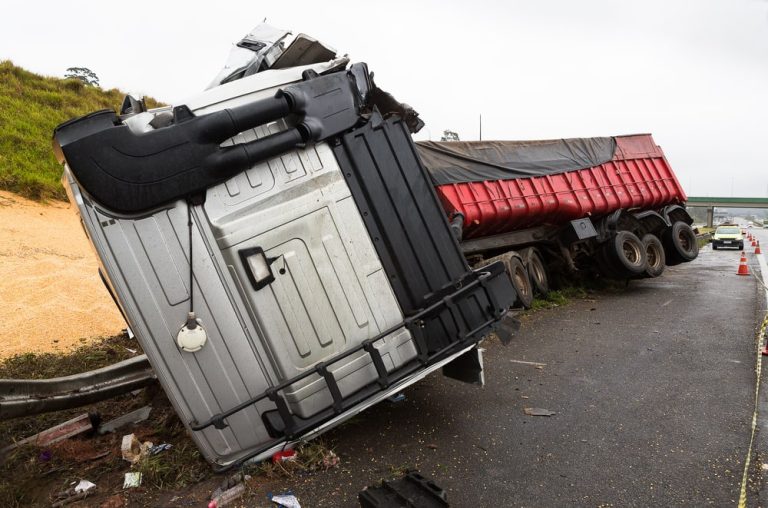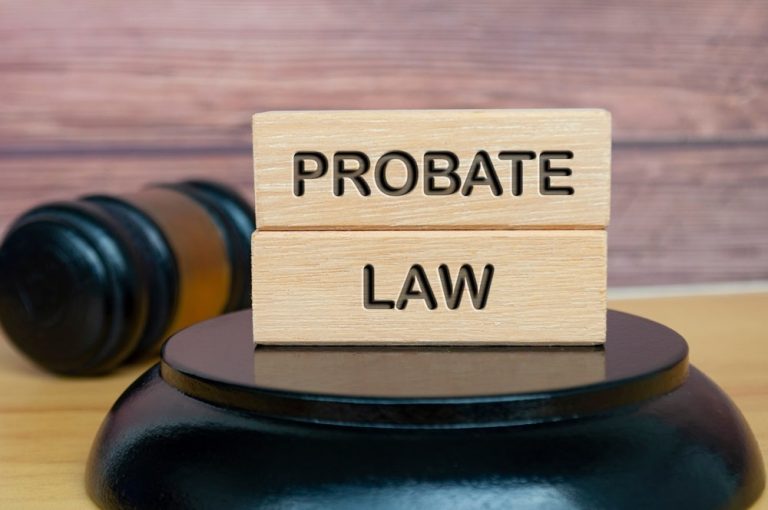In a borough where construction cranes dot the skyline and warehouses hum day and night, accidents aren’t abstract, they’re Tuesday. When injuries happen, it pays to understand how Staten Island’s unique mix of workplaces, municipal rules, and local juries can shape a case. This guide breaks down practical factors that a Staten Island Personal Injury Lawyer weighs from day one: where claims are filed, which experts matter most, how juries think, and even how modern case-management tools keep clients in the loop. If they’re sorting through next steps after an accident, this is the clear-eyed overview they need, no fluff, just the essentials, grounded in New York law and Staten Island realities.
Why Staten Island sees a surge in workplace-related injury filings
Staten Island’s injury landscape has shifted in recent years, and the uptick in workplace-related filings isn’t a mystery to attorneys watching local trends. For more background on recent cases and labor law developments, Go to site to explore data and analysis on how workplace safety violations are evolving across New York.
Logistics and warehousing growth
The borough’s expansion of distribution hubs, think large facilities near the West Shore Expressway, has brought a corresponding rise in warehouse injuries: forklift collisions, pallet collapses, repetitive strain from fast pick-rates, and loading-dock falls. High headcount plus tight fulfillment timelines can translate into lapses in training and safety protocols.
North Shore construction and redevelopment
From waterfront sites to mid-rise projects, more cranes often mean more fall risks. New York’s Labor Law §§ 240/241 (the “Scaffold Law”) places strict liability on owners and contractors for certain gravity-related injuries. That legal framework, combined with steady construction activity, contributes to more filings when safety devices fail or aren’t provided.
Gig work and subcontracting
Layered subcontractors and 1099 arrangements can blur responsibility for training, equipment maintenance, and reporting. When responsibility is diffuse, preventable hazards slip through.
OSHA enforcement and reporting culture
Greater awareness around OSHA rights and anonymous reporting channels has encouraged workers to document incidents rather than “walk it off.” More documented injuries lead to more claims, and, often, safer practices in the long run.
What a Staten Island Personal Injury Lawyer looks for
- Whether Labor Law protections apply (e.g., falls from heights, unsecured loads)
- Training records and video from docks, conveyors, or lifts
- Maintenance logs on powered industrial trucks
- Supervisor text/email chains showing production pressure over safety
The bottom line: economic growth is good news, but it raises the stakes for consistent, well-documented safety. When that breaks down, filings rise, and so do opportunities to correct systemic risks.
Differences between municipal and private property liability claims
A slip on a city sidewalk isn’t handled the same way as a fall in a grocery store. The rules diverge, sometimes dramatically, depending on who owns or controls the property.
Deadlines and hoops (municipal claims)
- Notice of Claim: Most municipal claims in New York require a Notice of Claim within 90 days (General Municipal Law § 50‑e). Miss it, and the case may be barred.
- 50‑h hearing: After filing the Notice, claimants can be required to appear for a municipal pre-suit hearing.
- Statute of limitations: Typically 1 year and 90 days against municipal entities, shorter than the 3 years common in private-premises injury actions.
Sidewalk responsibility in NYC
NYC Admin Code § 7‑210 generally shifts liability for sidewalk defects to the abutting property owner, except for one-, two-, or three-family owner-occupied homes used exclusively as residences. That nuance matters in Staten Island’s many residential neighborhoods.
Prior written notice and the “pothole law”
Many municipal defendants are protected unless they had prior written notice of a defect, with limited exceptions (e.g., affirmative creation of the hazard). Proving notice is often the fight.
Private property claims: different proof hurdles
In stores, apartment complexes, or parking lots, liability often turns on constructive notice: Did the owner know, or should they reasonably have known, about the hazard? Surveillance retention and cleaning logs become pivotal, so preservation letters go out fast.
Strategy a Staten Island Personal Injury Lawyer may use
- Identify the correct entity early: city agency, authority, or private owner.
- Serve preservation demands quickly for video, incident reports, and work orders.
- For municipal cases, calendar the 90‑day clock on day one.
- Evaluate “storm in progress” defenses in snow/ice cases and the timing of remediation.
Choosing the wrong defendant or missing the Notice of Claim deadline can sink a solid case, precision is everything.
Leveraging medical-expert reports in personal injury litigation
Medical records tell part of the story: expert reports translate injuries into persuasive, courtroom-ready narratives.
Treating providers versus defense IMEs
Treating physicians document causation and course of care. Defense insurers typically schedule Independent Medical Examinations (IMEs) that may downplay causation or residual impairment. A balanced presentation means anticipating IME critiques with clear, well-supported reports.
Specialties that move the needle
- Orthopedics and neurosurgery: For fractures, spine injuries, disc herniations (with correlating MRI findings)
- Physical medicine and rehab (PM&R): Functional limitations over time
- Radiology: Objective imaging explained in plain English
- Pain management: Documenting conservative care before interventional steps
- Life-care planning and vocational economics: Future costs, diminished earning capacity
New York’s evidentiary lens
New York applies the Frye standard to novel scientific evidence. Experienced counsel ensure methodologies (e.g., life-care projections) have general acceptance and that records are business-records compliant. Precision in linking mechanism of injury to pathology is crucial, “post hoc” isn’t enough.
Clear, human-centered reporting
The strongest reports connect:
- Mechanism: e.g., “fall from a 10-foot ladder with axial load on landing”
- Objective findings: MRI, EMG, range-of-motion deficits with measurements
- Functional limits: lifting, stairs, prolonged standing, mapped to job duties
- Prognosis: likelihood of future surgery, permanent partial disability, or need for assistive devices
A Staten Island Personal Injury Lawyer weaves those threads into damages that make sense to a jury: not abstract pain, but the cost of caring for a torn shoulder when someone’s job involves loading trucks every day.
How local jury demographics affect damage awards
Venue matters. Richmond County (Staten Island) juries have a distinct profile compared to Manhattan or the Bronx, and that can influence outcomes.
A more suburban, homeowner-heavy pool
Staten Island sees higher homeownership rates and a large population of public-sector and union workers. Jurors often bring a practical, fiscally conservative lens to damages, and a strong respect for following safety rules.
Credibility is the currency
- Straightforward plaintiffs who keep working (or can’t, even though trying) tend to resonate.
- Overreaching claims or inflated medical billing can backfire.
- Objective testing and consistent treatment timelines help overcome skepticism.
Comparative benchmarks
Historically, verdicts in Richmond County trend more moderate than in the Bronx and closer to Brooklyn/Queens ranges, though exceptional cases still happen. A Staten Island Personal Injury Lawyer plans accordingly: strong liability proofs, tight medicals, and sensible asks.
Trial strategy adjustments
- Use vocational experts to translate limitations into day-in-the-life impacts.
- Lean on visuals: spine models, surgical hardware exhibits, or accident reconstructions.
- Address collateral-source and billing issues head-on to maintain trust.
In short, jurors here value fairness and proof. If the evidence is clean and the ask is reasonable, they’ll listen.
Case-management tools improving attorney-client collaboration
Great lawyering isn’t just courtroom skill, it’s communication. Modern case-management tools make injury cases smoother and less stressful.
Secure client portals
- 24/7 access to case milestones, upcoming appointments, and uploaded records
- HIPAA-compliant document exchange for imaging, wage statements, and therapy notes
- Centralized messaging to reduce phone tag and missed updates
Text and e-sign
- SMS reminders for IMEs, depositions, and physical therapy sessions reduce no-shows
- E‑sign for retainer agreements, authorizations, and notices speeds up the early phase
Evidence pipelines
- Direct photo/video uploads from the scene or workplace
- Structured intake forms that capture witnesses, union reps, and supervisor info
- Automated preservation letters to employers, building owners, and municipalities
Why it matters on Staten Island
Between ferry commutes, shift work, and family obligations, clients don’t always have time for office visits. Tools that fit life, mobile-first, quick, secure, keep cases moving and improve outcomes. A Staten Island Personal Injury Lawyer who embraces these systems typically gets cleaner records, quicker filings, and better-prepped clients for testimony.











